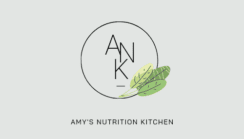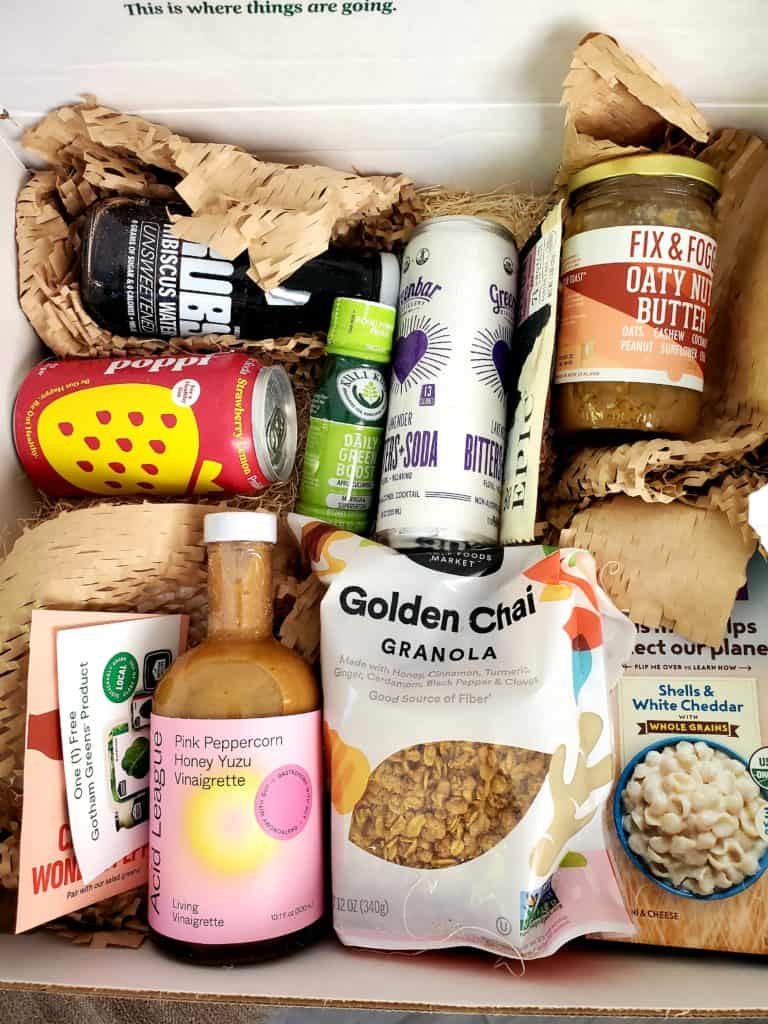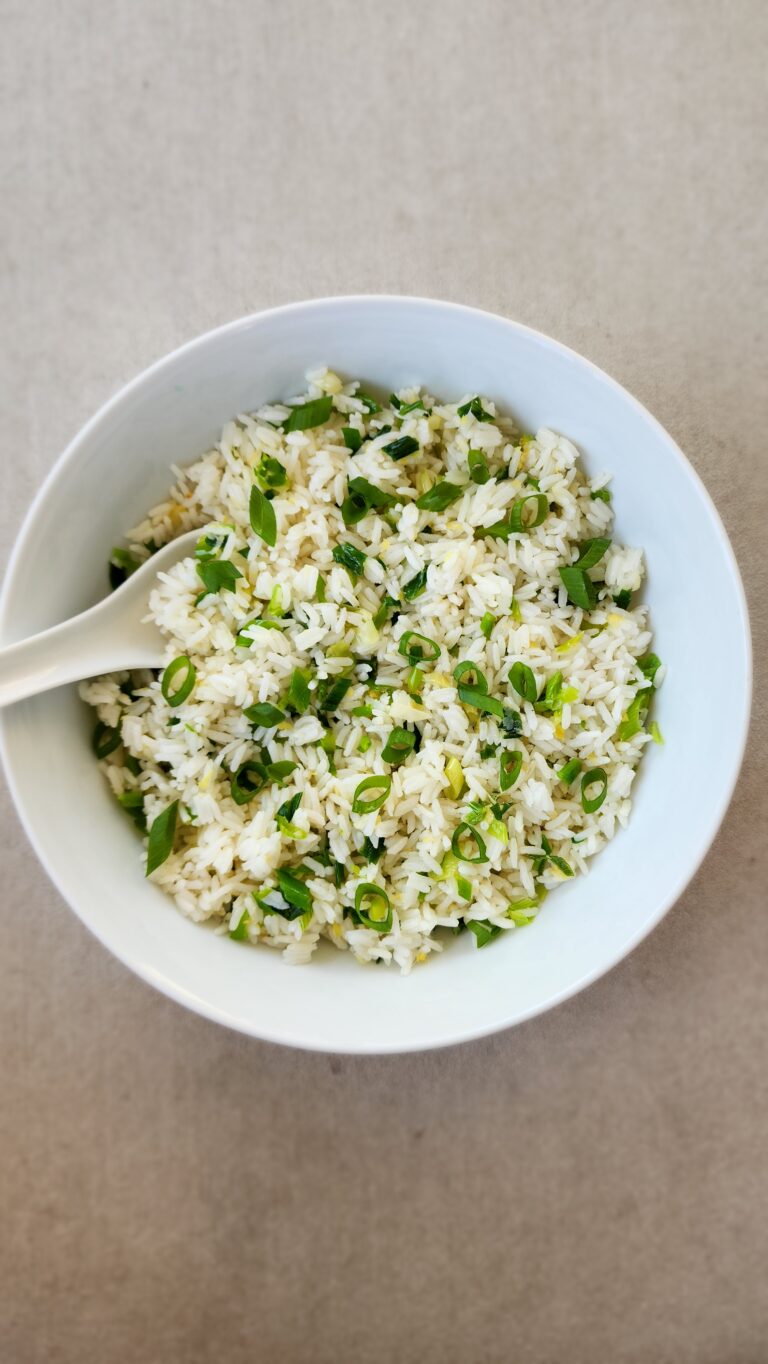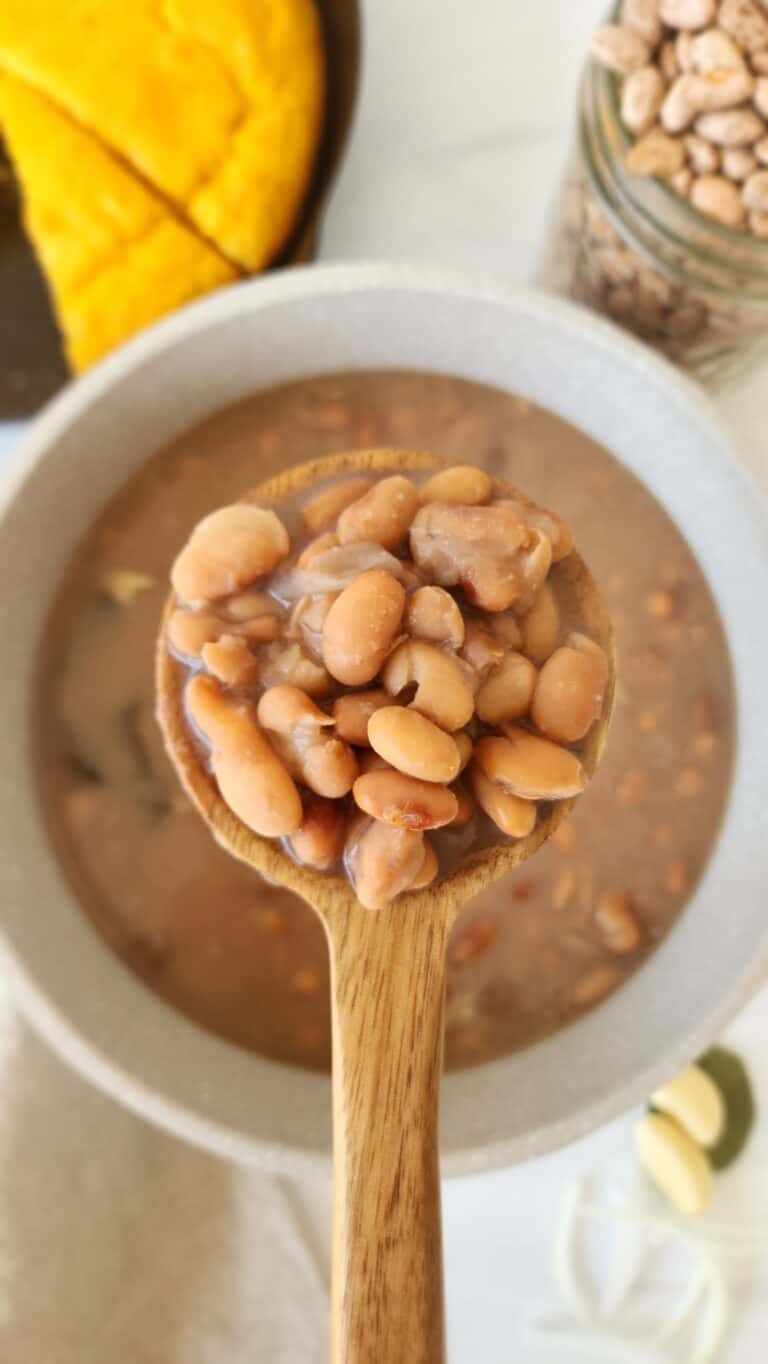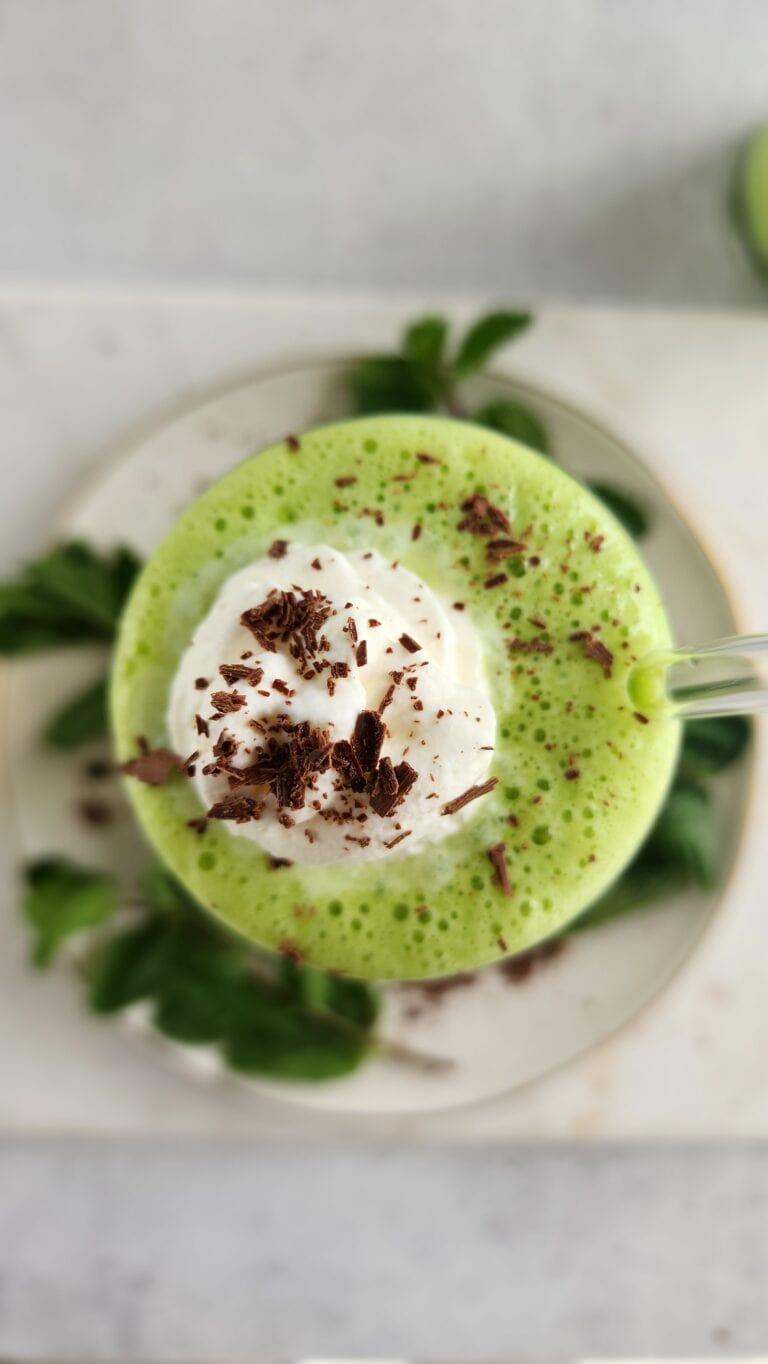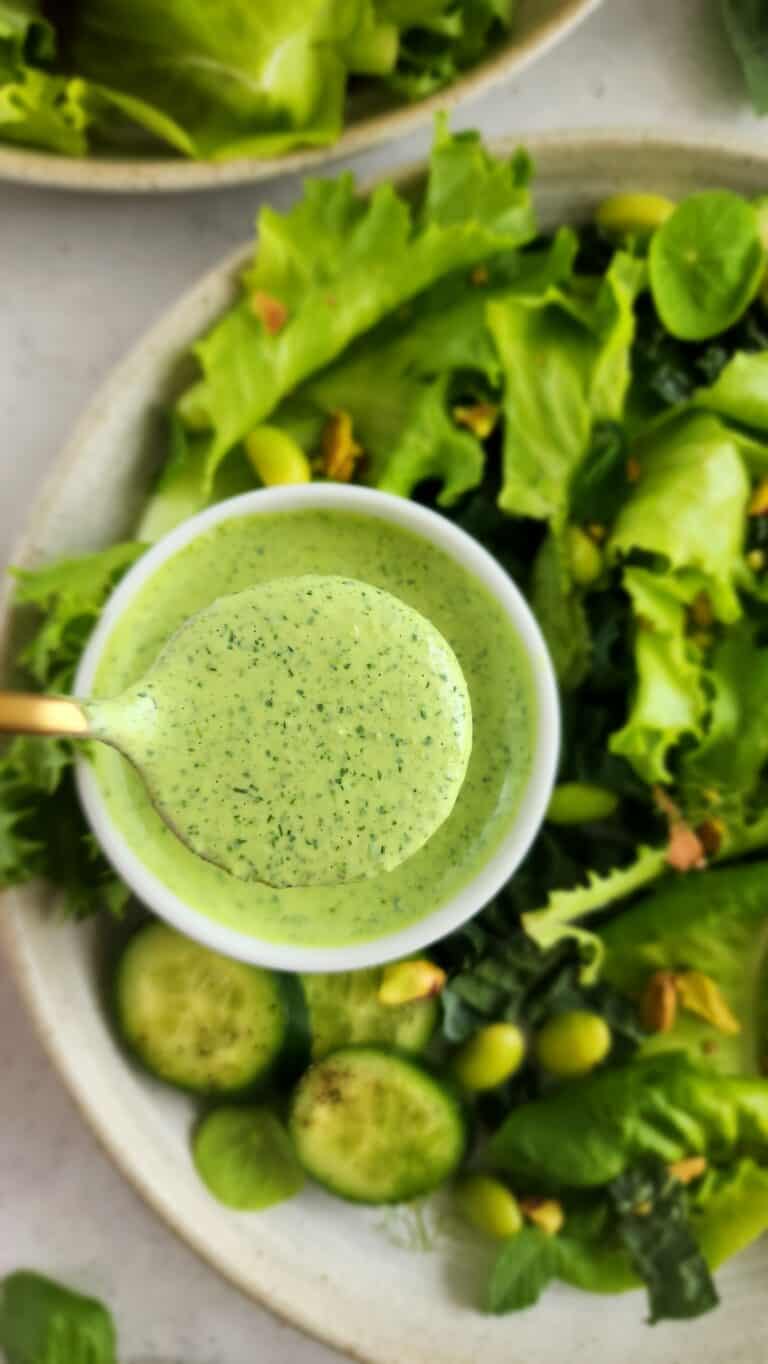As one year closes and the next year begins, it’s always fun to look at what could be the next nutrition trends. While I don’t have a crystal ball, I can look to see what products have popped up in the grocery stores and what topics/recipes are trending on ‘google analytics‘. After two years in a pandemic, suffice it to say that people are looking towards not only what will impact their health in the present but also in the long-term.
Will there be that one veggie that stands out from all the rest? Kale and cauliflower are still trending to this day, but will another one take the spotlight? Or is there a simple focus in general on eating more plants? Here’s what I think (from what I’ve seen) will be big in the year to come when it comes to food, health and wellness.
Plant-Based Eating
Whether you’re looking to include more plants for health reasons or whether you’re eating less animals/more plants for environmental concerns, plant-based eating will continue to be a nutrition trend. This makes this dietitian’s heart happy. One of the phrases I repeat over and over in my webinars is that, “I’m not here to tell you to go vegan/vegetarian, but I do encourage you to cut back on the quantity of meat you’re eating!” If you take a closer look at the ‘MyPlate‘ it really does show proportionally to eat just 1/4 of the plate from animal protein. Believe me when I say I know people are eating way more than they should. Cutting back on animal protein will improve health as well as help the environment, not to mention will help you save money too!
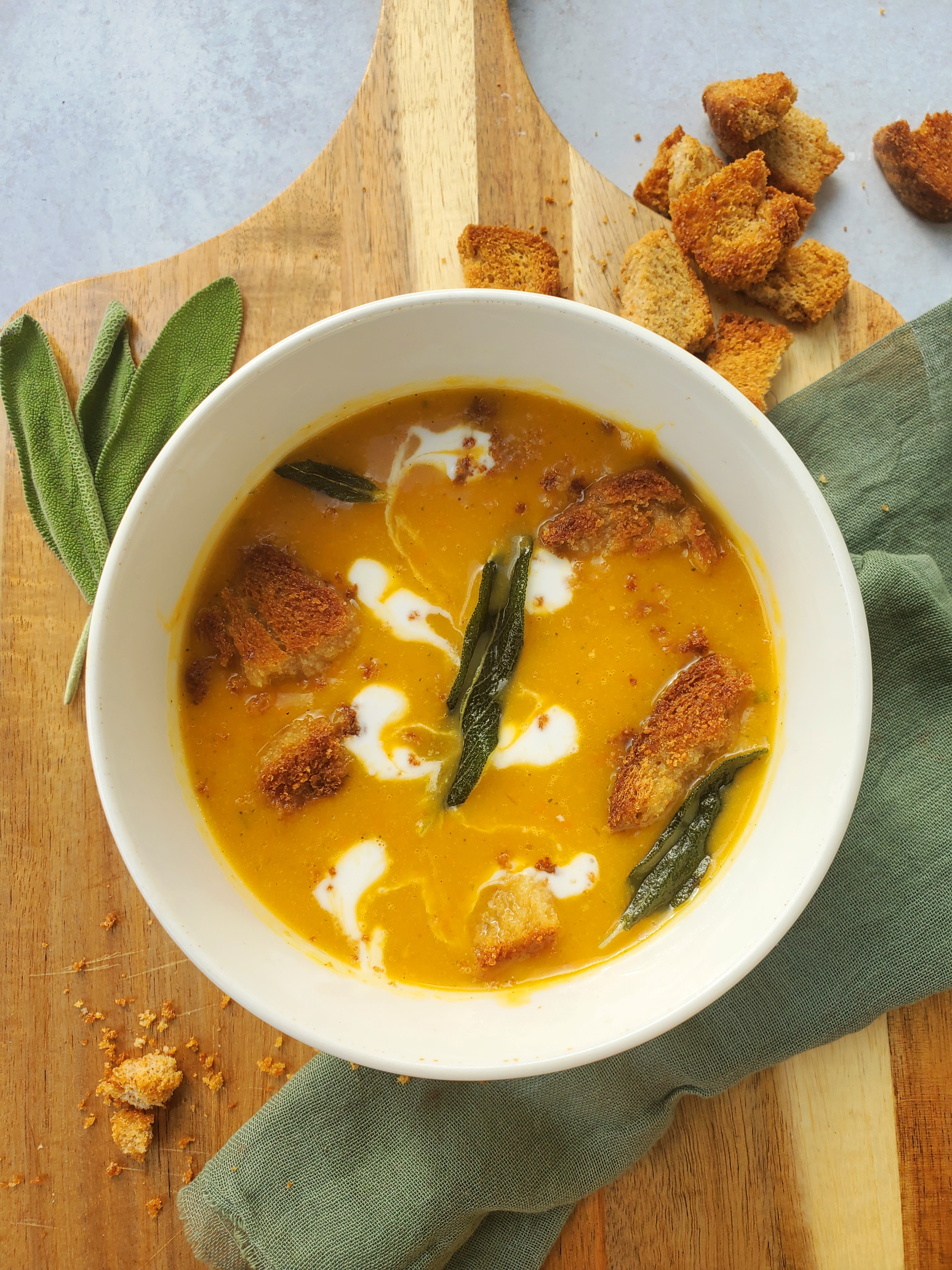
Eat To Support Immunity
We all get sick, that’s inevitable. Shoot, this pandemic makes us think we have COVID even when we don’t – am I right? Suffice it to say the pandemic has brought to light how important it is to support our immune system with the food that we take in on a daily basis. We want our immune system ready to go when needed! In 2022 we will continue to eat a variety of fruits and veggies to get our vitamins, minerals, and antioxidants. Additionally, we will eat whole grains, lean protein, and healthy fats, all ways to continue to build and support our immune system by giving it the nutrients it needs to function optimally.
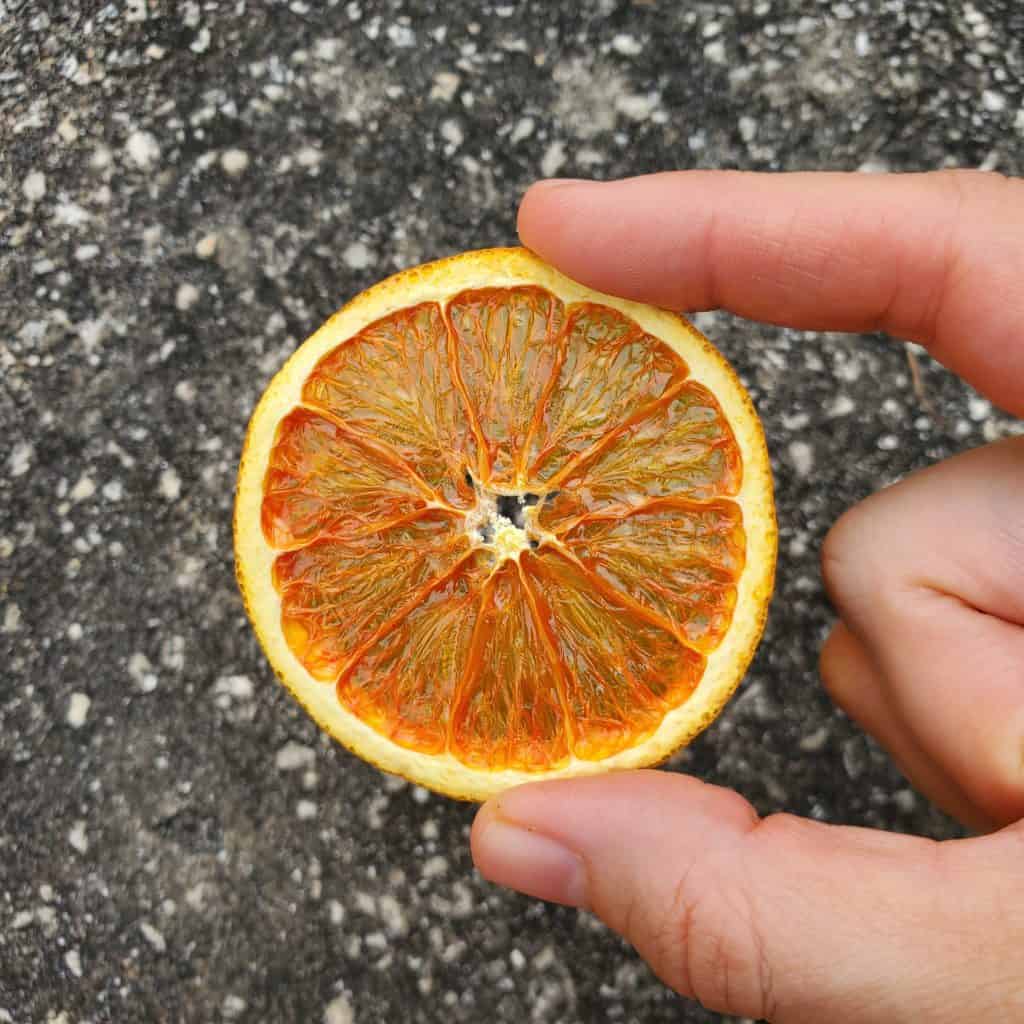
Food and Mood
The pandemic has brought to light now more than ever the importance of our mental health. I’ve seen many memes out there joking that people don’t want to survive the work week, but rather just the day at hand. So, yeah, this pandemic has taken a toll on our mental health. I talked about this last year on our resource blog and do believe that it will only continue in 2022 as we take a closer look at the connection between mental health and diet (the food that we eat). Whether people are looking for the best foods to eat that will improve their brain health, or looking to ‘curb their cravings’, or simply trying to be more mindful as they do eat, we do know there’s an impact with the food choices we make on our overall mood.
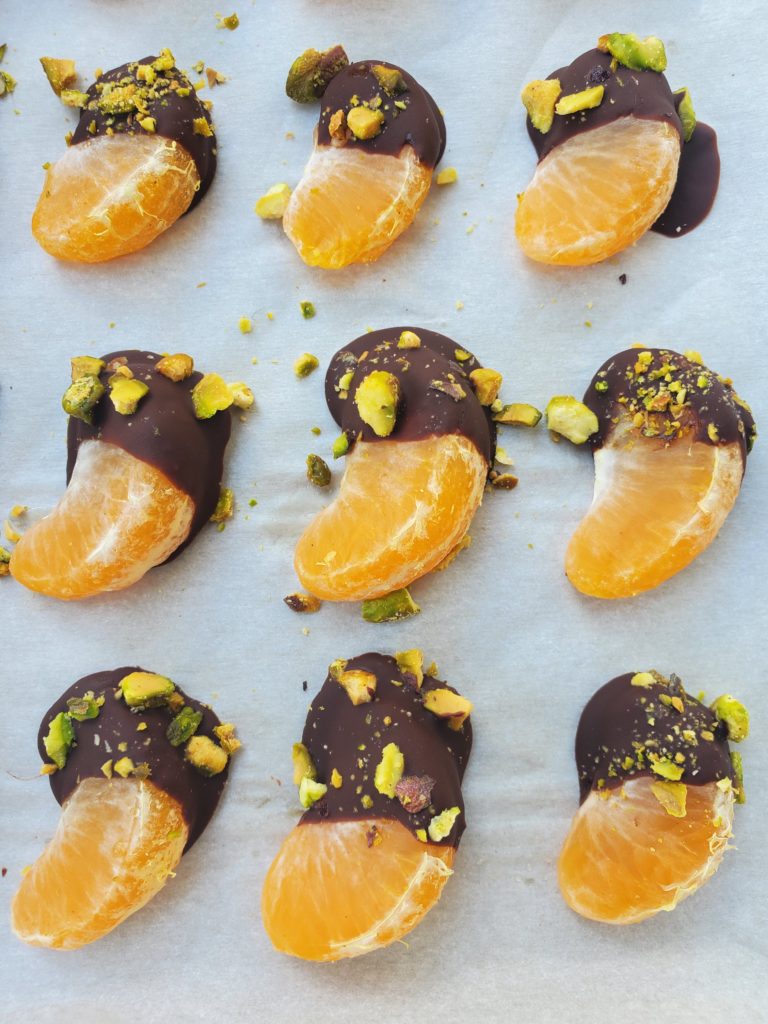
Turmeric, Moringa & Yuzu
Turmeric has been around over the last few years. However, with the continued interest in reducing inflammation, turmeric will continue to be a nutrition trend. Whether you’re making a turmeric latte, aka golden milk, or you’re adding turmeric to rice to make ‘yellow’ rice, you will see turmeric starting to pop up in other products, i.e. granola, at the supermarket as well.
Matcha has been around over the past few years and while matcha is another ‘food that is super’ consider it time for moringa to take center stage. Similar in color to matcha, moringa is also rich in nutrients like beta carotene, vitamin C, calcium, potassium, iron, and a variety of antioxidants. It’s also caffeine free. Some research does support the claims that moringa leaf powder may help those with type 2 diabetes and high cholesterol. If you’re adding moringa leaf powder to your morning latte or boiling the leaves to steep and make your own tea, just know that it too will start popping up in products like frozen desserts, protein bars, and wellness ‘drinks’.
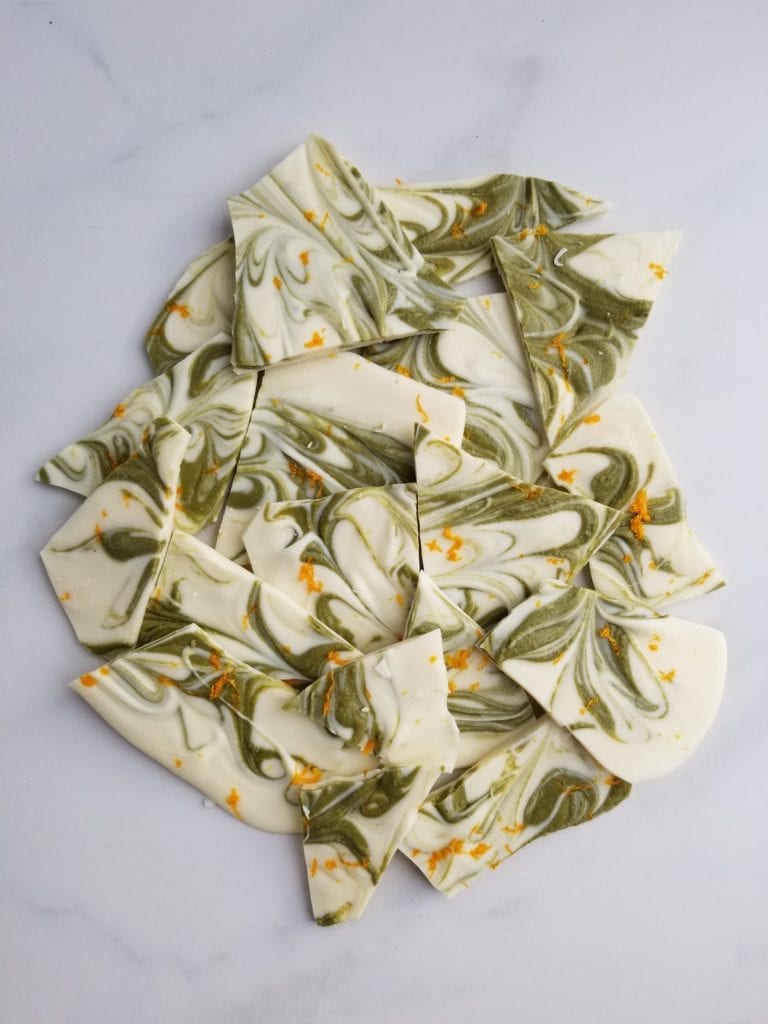
Yuzu is a citrus fruit mainly cultivated in Japan, Korea, and China. Incredibly fragrant, it’s also super sour and tart, which means you won’t be eating it as is. The zest and juice are what you’ll see popping up to flavor in the kitchen – so whether it’s for an alcoholic drink, a vinaigrette, or a dessert, start learning to pronounce yuzu!
These functional ingredients, spices, and herbs not only increase the flavor but also the nutritional value of our foods. In 2022 ingredients like turmeric, moringa, and yuzu along with cinnamon, ginger, basil, sage, and rosemary, will also be front and center in the kitchen for not only the flavor but the nutritional components they contribute. Which leads to our next nutrition trend!
Farming in the City
I know during the pandemic I planted a garden. I’ve always wanted to go out in my backyard and grab fresh herbs. And while my herbs have not remained. Don’t worry, I’ll plant more. My papaya tree and passion fruit vine are doing quite well. The interest in sustainable farming is drawing attention. One of my favorite vendors at the farmer’s market is Imagine Farms. They are an indoor, vertical, hydroponic farm that grows a wide variety of leafy greens and vegetables. They are guided by sustainable farming practices that have minimal impact on the environment all while of course adding incredible value to our community. Hydroponics, aquaponics, green-thumb robots, it’s where it’s at. And if you haven’t tried hydroponic greens, add it to your list of must-try’s in 2022!

Waste-Less Cooking
Early on in the pandemic I went to the grocery store less frequently, relied on my pantry and freezer staples and literally ate everything up before going back to the store. It’s always been my aim to waste less food. I even wrote a blog about it a few years back. As we enter 2022 this will continue to be a trend from not only aiming to waste less food, but also to look at the way our food is packaged. It really is all about sustainability not only from the farm but to the table.
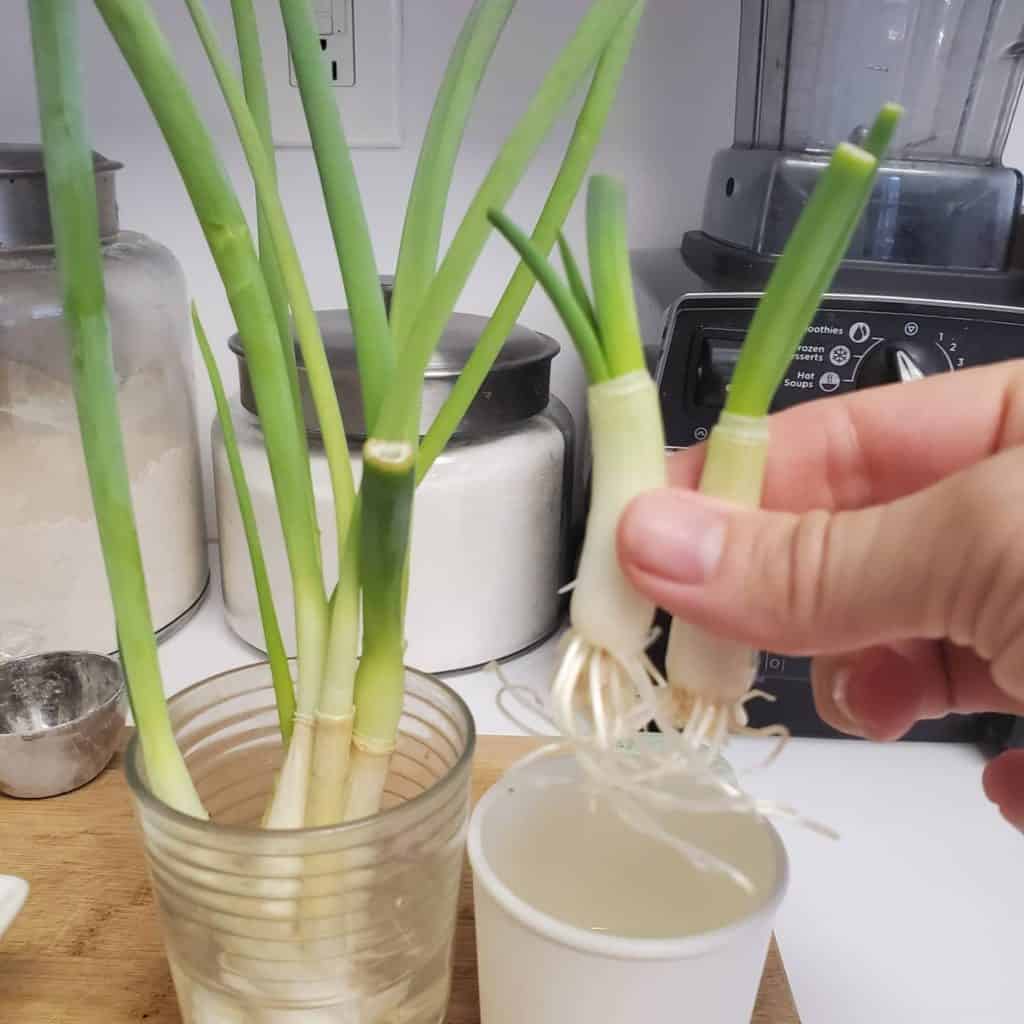
Working from home has allowed me to cut back on the use of plastic bags for packing my lunch. I also try to use as many of my containers as possible (and even bought more!) instead of using plastic bags. Many retailers here in Florida have also cut back on the plastic bags at checkout as well as the actual packaging for products found in the stores. Trader Joe’s tomatoes are no longer in a plastic clamshell. And word on the street in a recent podcast is that they are looking into a new biodegradable wrapper for English cucumbers. More and more grocers and food manufacturers will be changing their packaging to help reduce waste.
Prebiotics & Probiotics
I think probiotics have been trending for awhile now, whether in supplement form or in our actual food we’re eating. We are now starting to see the link between our gut health and many different chronic diseases. Improving the health of our microbiome is just one other way to help support our immune system and again stave off many different chronic diseases. Enter adding probiotics to many different food items, one of which will be in drinks. Whether or not there’s an actual benefit (colony forming units as well as the strain play a role in whether there is a benefit or not) just know that they will be marketed as such. Best to get your pre and probiotics from actual food – fruits, veggies, whole grains, not as an add-in.
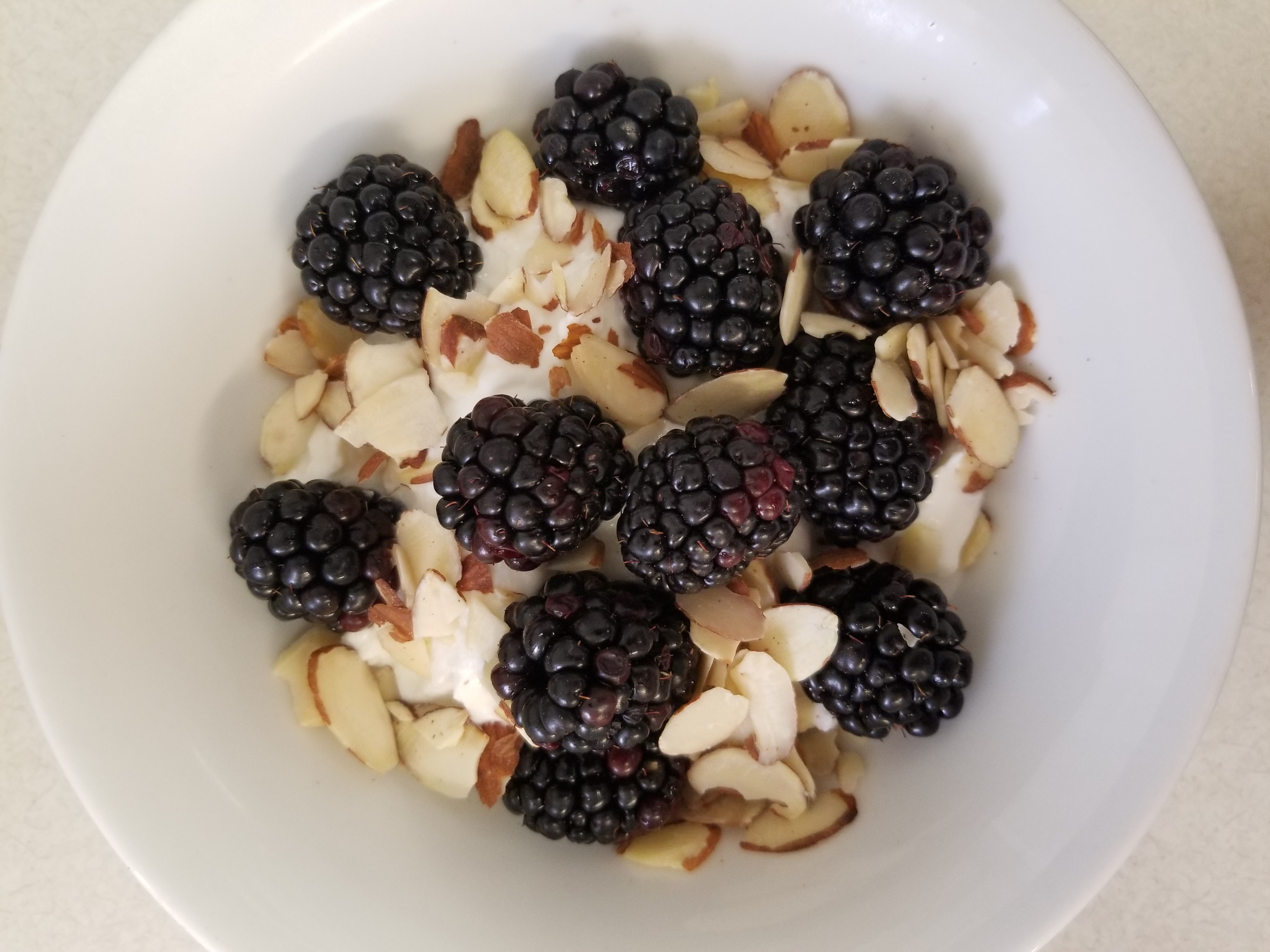
Sustainable Grains
Sustainability is a hot topic and for good reason, climate change. Perennial grains (as opposed to annual) are able develop deeper root systems and these deep roots help to prevent soil erosion and therefore trap harmful greenhouse gases underground, keeping them out of the atmosphere. Win win. One of those perennial grains is kernza, a new type of wheat. These perennial grains will surface in cereals, flours, and pasta – grains that are grown with a focus on soil health.
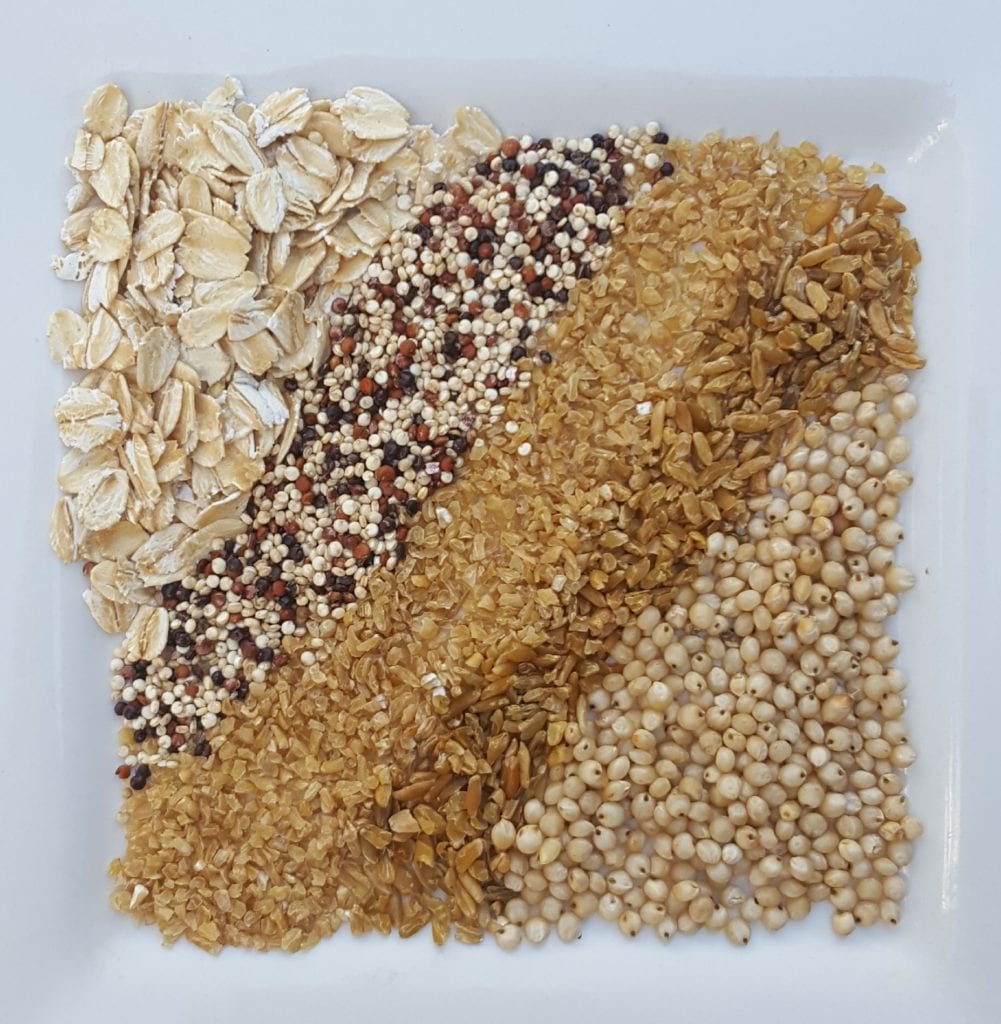
Buzz-Less Spirits
There is emerging, but limited evidence, that suggests that alcohol consumption has increased during the pandemic. But what has also emerged? Spirits with serious taste and sophistication, minus the buzz. Yes, you heard that right!
Whether you’re trying out Dry January or whether you are assessing your relationship with alcohol, the beverage industry is now catching on and creating alcohol-free liquor. Some of these liquor alternatives mimic the flavors of specific spirits, so they can be used in cocktails as a 1:1 substitute. Others follow their own star. Some have ingredients that tout other health benefits, too. Have you tried a spiritless cocktail?
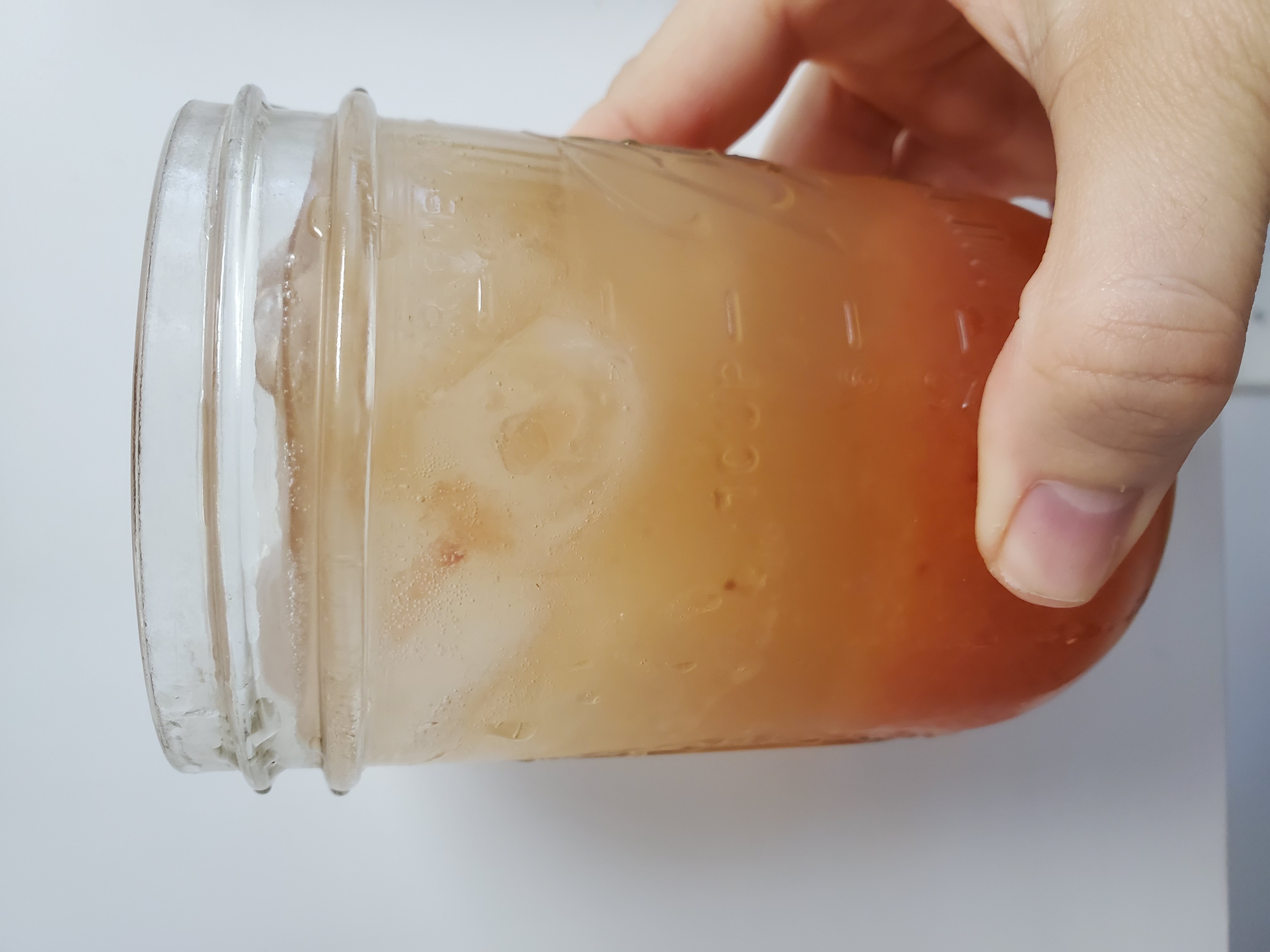
Virtual Wellness
We’ve been doing online classes – nutrition, exercise, and doctor talks – for almost two years now. The pandemic shifted us from being able to present in person and we transitioned quickly to the online platform. And while Omicron is now creating a surge, suffice it to say virtual will be here to stay. When/if we do return in person, we will still continue to offer online classes. They are part of the new norm. Think about all the people that will miss traffic this way but yet still benefit from the exercise class at 6 pm. So whether you’ve seen a doctor via telehealth or attended a nutrition webinar via Zoom, virtual offerings are here to stay to help improve our health!
So there you have it. A round-up of possible nutrition trends for 2022. As a dietitian I love to see what new products are out there, but I also love to let you know which ones are full of hype and great marketing. Here’s to 2022 and a year filled with health and wellness. Cheers!
